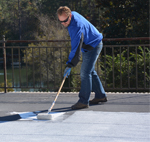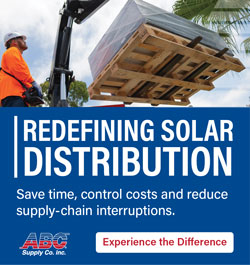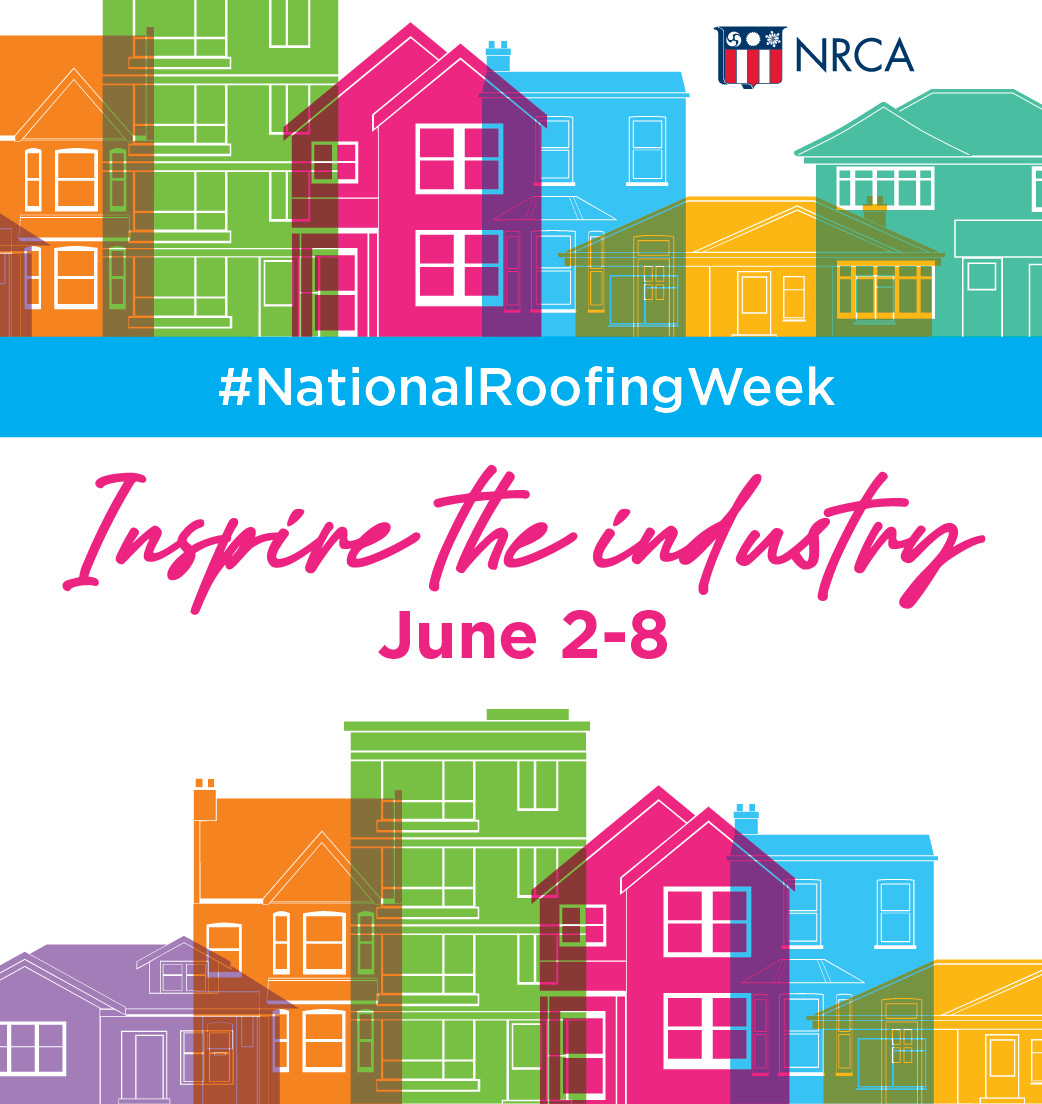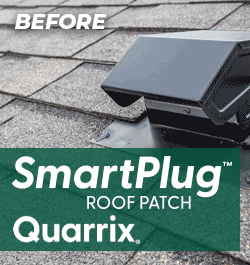Six Factors to Consider When Selecting a Roof Restoration System

By Henry Company.
With advanced roof restoration technologies available today, there are many options to ultimately extend the life cycle of current roofing membranes.
A roof restoration system at a minimum, can defer the significant costs of a full roof replacement and potentially avoid complete roof replacement altogether – provided systematic maintenance and restoration practices are in place.
But how do you know which roof restoration system is best for the building?
As a trusted manufacturer of multiple restoration technologies – silicone, acrylic and aluminum – Henry® Company can help determine the optimal solution. Below are a number of factors to consider when determining which roof coating technology is best suited for each particular roof.
1 - Compatibility
One of the first things to consider is compatibility of the roof restoration system with the existing roof membrane. Certain solvent-based products may attack the existing roof assembly, while in other cases, a particular coating may not adhere well enough for long-term reliability. Evaluating the current roof membrane for compatibility with a new coating may immediately narrow down the options. Your Henry® representative can assist in determining compatibility and the right restoration solution.
2 – Fire rating
It’s important to ensure the selected roof restoration system will maintain the fire rating of the existing roof assembly. If the roof restoration system does not have the proper approval rating in combination with the existing roof membrane, the resulting roof will not be code compliant. This is often overlooked and can have serious implications. Your Henry® representative will recommend the proper restoration solution to ensure code compliance and safety.
3 – Installed cost
Cost, of course, is always a consideration. To be accurately judged, cost must be weighed against the expected life of the restoration, as well as the product or system warranty. For example, aluminum is typically the least expensive to apply, but acrylic and silicone typically have longer warranties. The condition of the existing membrane could impact total installed cost, as preparation for the primary coating material is typically preceded by repair of the existing membrane, surface leveling and other detailing.
4 – Local climate
The geographic location of the facility will also help determine the best roof restoration system for the structure. For example, in hot climates, white coatings can protect the roof assembly and provide significant energy savings by reflecting UV rays. Silicone coating technology in particular, due to its UV stability, loses less dry mil thickness each year, thus further extending the life of the roof system, as compared to other options.
Emissivity (the ability to release absorbed energy quickly) and reflectivity ratings also provide valuable guidance. Henry® Company’s acrylic and silicone coatings score well in both categories (88% or higher) compared to aluminum (approximately 50%). But in cold climates with more heating than cooling days, aluminum or gray silicone may be the best choice, since heat absorption during the winter months can offset the advantage of reflectivity in the summer. An available Department of Energy (DOE) calculation tool provides valuable guidance.
Other considerations include the types of weather conditions the roof is likely to experience. For example, if hail is common in the area, you’ll want to choose a higher impact-resistant restoration system such as one surfaced with granules. A polyester fabric reinforced asphalt emulsion foundation coating is another way to add durability and strength within restoration coating systems. Some Henry® Roof Restoration Systems are certified to maintain hail, fire and wind uplift resistance performance of an existing FM Approved roof through FM Approvals certification. If the building is in a region with frequent and often unanticipated rainfall, you’ll want to choose a Henry® silicone coating as it is rain-safe in just 15 minutes and provides waterproofing performance.
5 – Exposure to exhaust
You’ll also want to take into account the types of materials the roof will be exposed to through the building’s exhaust system. These may include chemicals, fats, oils and/or greases. The right roof restoration system will provide resistance to these and other exhaust elements.
6 – Environmental regulations
Finally, you’ll need to be aware of relevant state and local environmental requirements. In some parts of the country, cool roofs are mandated to reduce drain on the power grid and help reduce what’s known as the “heat island effect.”
Also, if the building is an odor-sensitive facility such as a school or hospital, you’ll need to be mindful of low VOC requirements. Silicone coatings are a good choice in these situations, since they are low VOC and emit no contaminants or chemicals of concern.
Water runoff should also be considered. Many coatings are not approved to allow water to be safely collected for irrigation or even drinking. For example, Henry’s® silicone roof coating is NSF P151 certified. NSF P151 confirms that rainwater catchment products – such as gutters, coatings and liners – do not impart contaminants into the water at levels that exceed U.S. Environmental Protection Agency (EPA) drinking water regulations or advisories.
Summary
Your Henry® Company representative is available to help you consider all of the factors involved with choosing the right roof restoration system to ensure a durable, waterproof and energy-efficient roof. Protecting your roof assembly now can help prevent costly problems down the road, and can even enable you to recoat as needed and maintain the roof for the life of building.
Simply complete this inquiry form to see if the commercial roof qualifies to have a Henry® representative come to your location and help you determine whether or not the roof is a candidate for restoration.








-2.png)










Comments
Leave a Reply
Have an account? Login to leave a comment!
Sign In